Where history, culture and nature meet you…
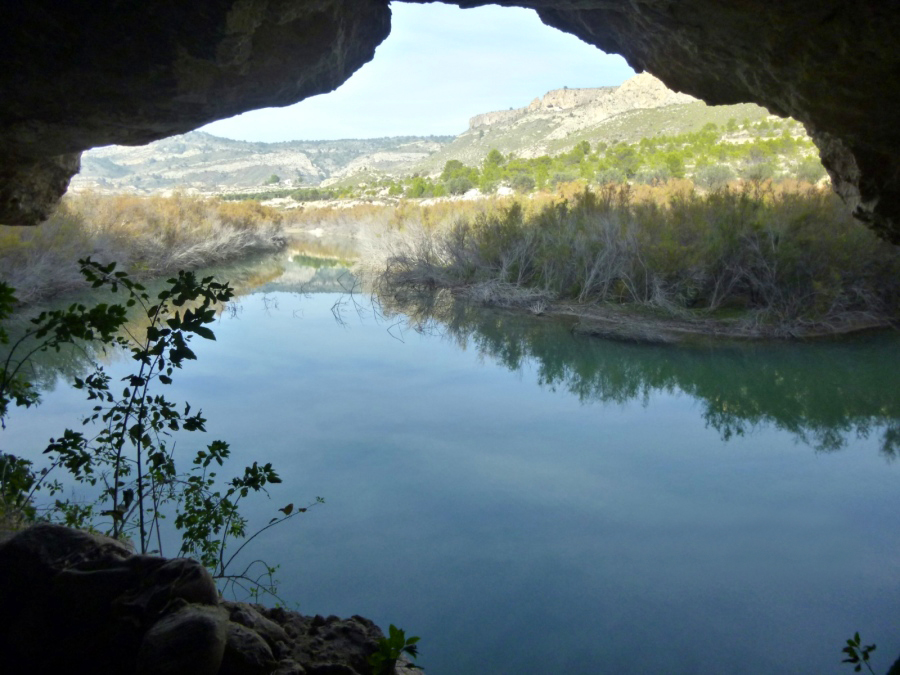
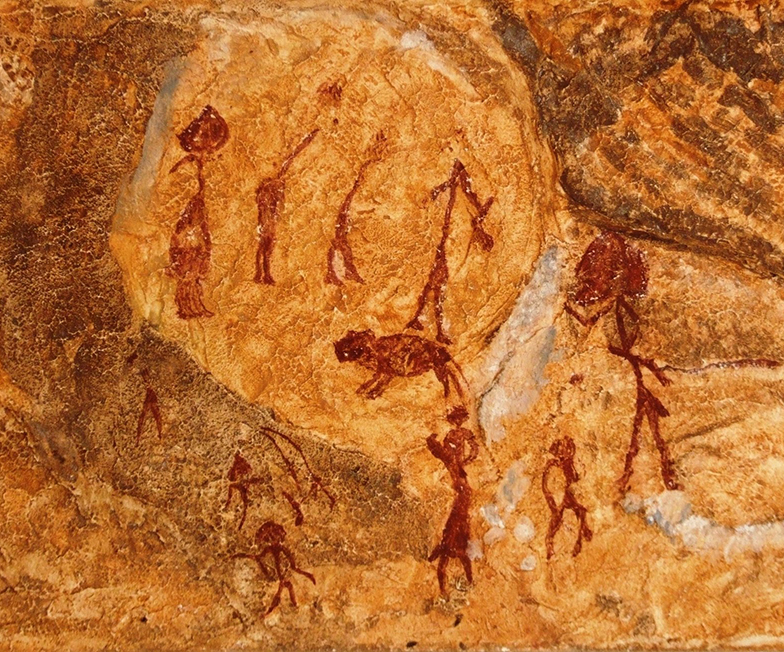
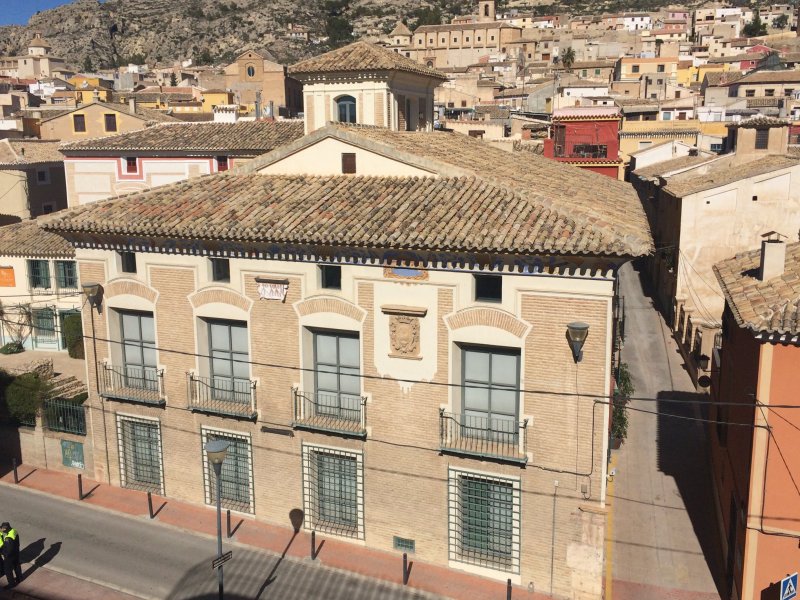
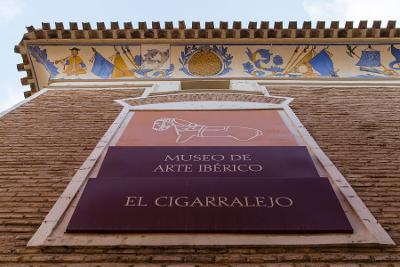
Nevertheless, the Iberian Culture is particularly relevant in Mula due to the quantity and the quality of the information provided by the materials found. We owe to Don Emeterio Cuadrado Díaz the discovery and the excavations of the archaeological site of “The Cigarralejo”. These remains have a chronology that goes from the 4th century to the 2nd century BC, and these are mainly from the Necropolis and the Sanctuary as the village had not been excavated yet. The Collection can be visited in the museum of “The Cigarralejo”.
The roman civilisation occupied the population centres in Mula. There were many villas surrounded by arable spaces and important farming cultivations. The archaeological site of “The Villaricos” (from the 1st century to the 5th century AD), which is located in the road of the Cierva’s swamp, is the most important example of these villas.
There was a protagonist urban nucleus, cohesive of the Late Roman period in the area, which seems to be the place where the ancient city of Mula was located, as stated in the “Agreement of Teodomiro” in the year 713 AD. This was a peace treaty between seven cities, including Mula, that surrendered to the Muslim invaders in exchange for keeping their assets, traditions and religion. This settlement from the Late Roman period is in the “Hill of the Almagra”, which is next to the Mula Baths. It is enclosed by a big wall and it has several necropolis in the vicinity.
The Muslim invasion meant the most drastic change in the history of Mula since it forced the need to look for a new site where the defence of the settlement was easier. The move to the place where the town is currently located occurred between the 9th and the 10th centuries. It is here where the Prince Alfonso, future Alfonso X, found it and reconquered it for the Christians in 1244, granting the “Fuero of Córdoba” to Mula by the King Fernando III. Through this privilege, Mula acquired more autonomy and developed as a Spanish royal villa.
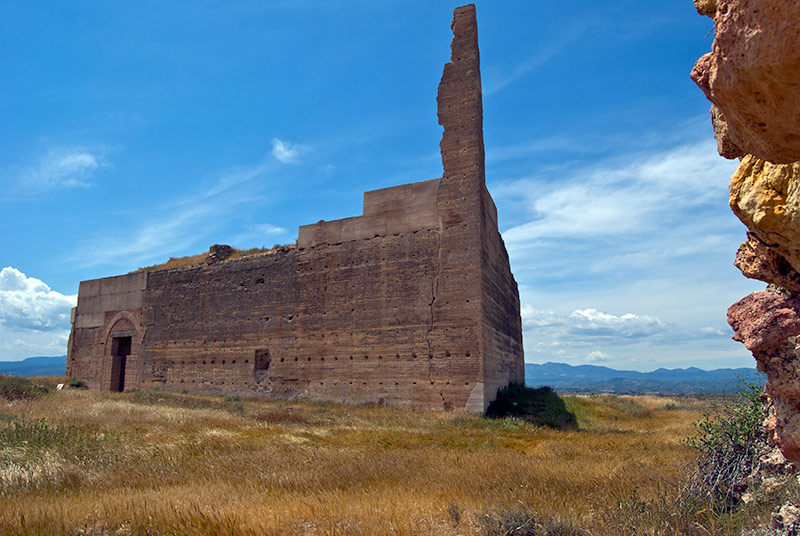

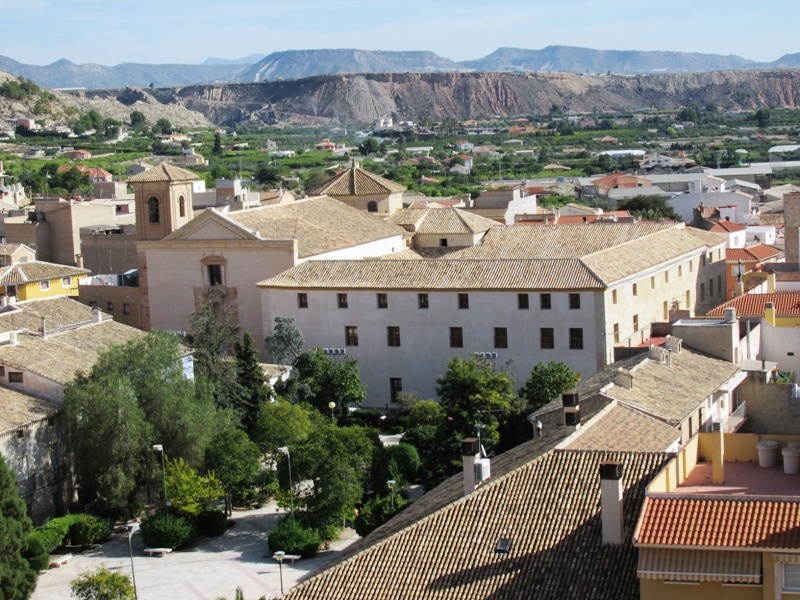
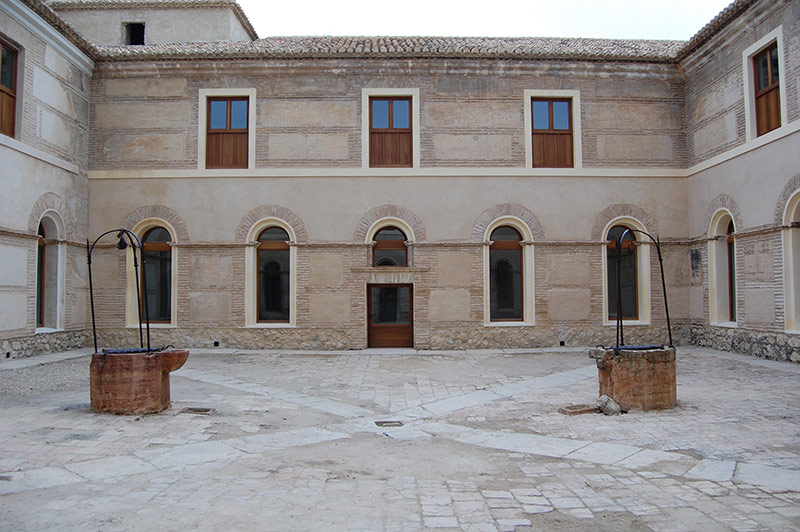
The conquest of the Kingdom of Granada freed Mula from the walls and gave the freedom to occupy the entire river valley as the border danger of these territories disappeared. These facts contributed to the growth of this part of the kingdom during the 16th century. Indeed, new lands were ploughed with the Mediterranean trilogy, the population increased, the city grew and the Town Hall Square was created.
By contrast, the 17th century was a century economically catastrophic and the population stopped growing. In addition, the plague epidemic of 1648 killed more than half of the population. In these moments of pessimism, misfortune and despair, the Christians appreciated the comfort and hope provided by the miracles. In this same year, it occurred the apparition of the “Boy of Mula” to the pastor Pedro Botía. Somehow, this marked the religious life of the town.
The following century registered an important growth, which lead to the creation of multiple developments and roads. The town extended to the Franciscan Convent and the new road that goes from Murcia to Caravaca. Furthermore, unfinished churches and public works were completed, some others were remodelled and new ones were built.
In the 19th century, the changes and improvements continued, especially in the transport link with the development of the road from Murcia to Caravaca, and in the agriculture with the introduction of the citrus cultivation, as opposed to the olive, the vine and the mulberry. Moreover, the first telegraph station was created in 1888, after the introduction of gas lighting in 1860. At the end of the century, electric lighting was also introduced. Despite all these progresses, there were concerns about a potential crisis, as a result of the French invasion at the start of the century, the constant epidemics caused by the lack of hygiene and the political uncertainty. However, it did not happen.
The beginning of the 20th century was characterised by the improvements in Mula, despite the continuous changes in the Spanish politics, the war and the years of economic recession. In this century, there was a significant industrial growth, especially in the canning sector since the raw material was abundant, as we mentioned before.
The water management was also addressed during this century: the creation of the Cierva’s damming, the water drainage of the Taibilla and the modernisation of the irrigation systems. Indeed, it was created a pioneer and sophisticated informatic system which produced an automated drip irrigation and maximized water use efficiency. On the other hand, the urban physiognomy remained stable until the years of developmentalism, when a road from the streets and buildings to the orchard was developed. After more than four decades, that road is still in place.
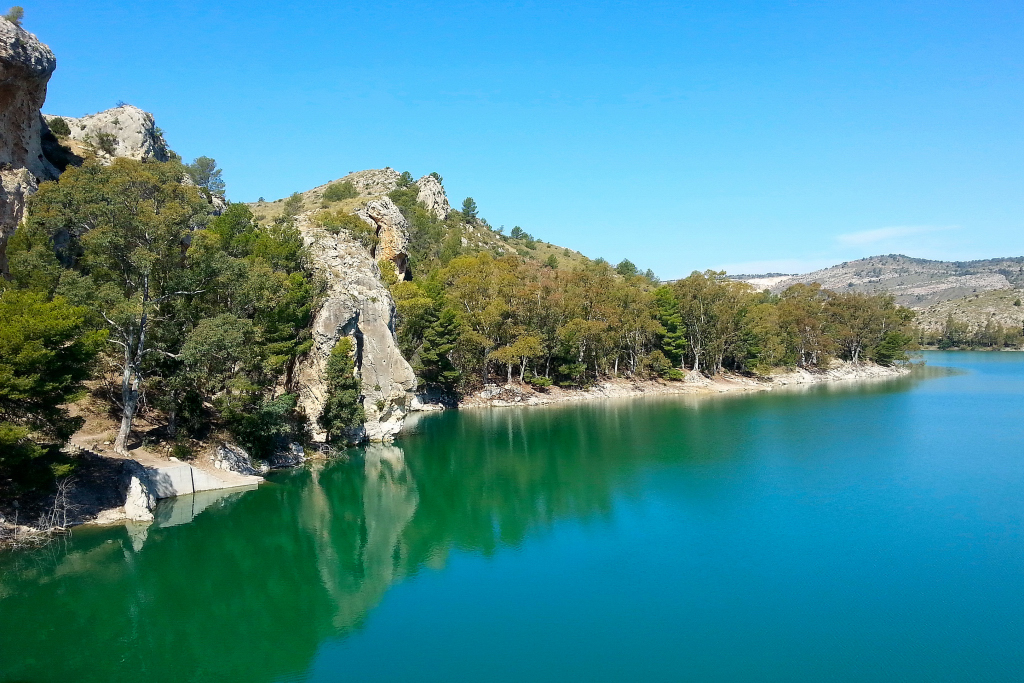
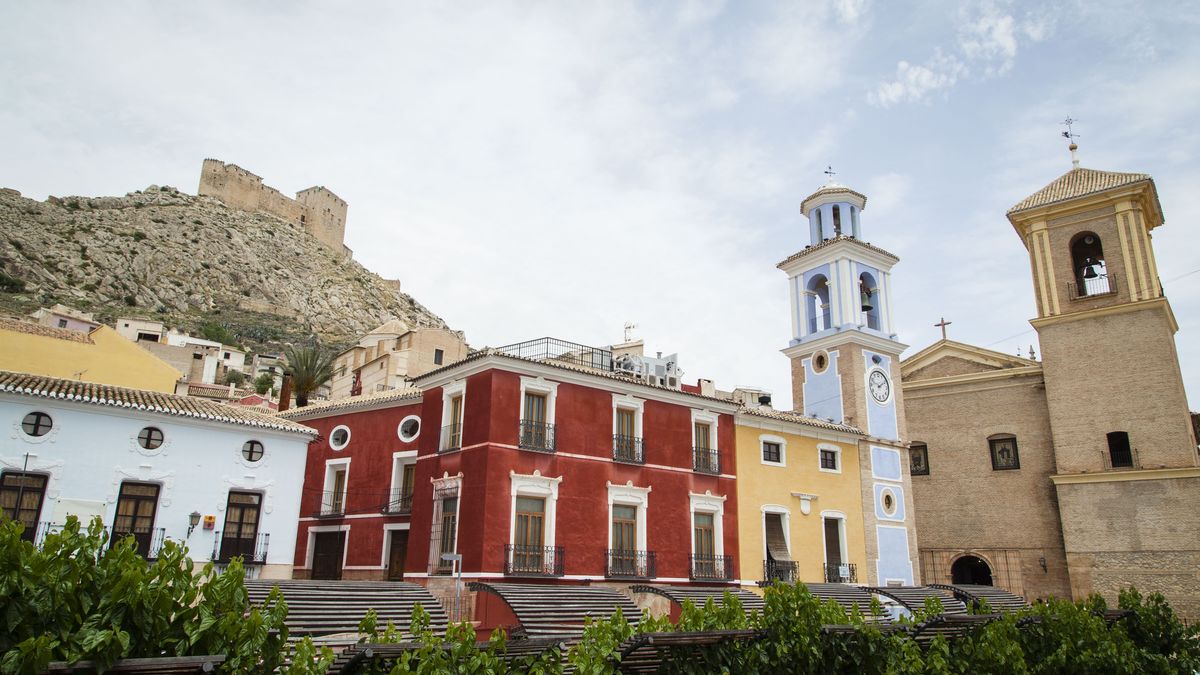
There is a place where History has left its most enveloping mark. There is a place where poetry comes true, where tradition meets nature, where houses stately, convents, squares, castle and churches merge with gastronomy and crafts.
Mula is a municipality with history, tradition, culture and nature. When you visit us you will see how the streets tell you the passing of the centuries. Mula is not just about sightseeing, but about participating in its traditions, collecting landscapes, enjoying art or savoring its gastronomy. Mula is also color, a wonderful place of color contrasts between the dry and irrigated areas.
Mula is a place to live it, to soak up it, to make a stop on the way, in recollection, in culture, in nature. Mula is a place to discover.
TOURISM
MULA
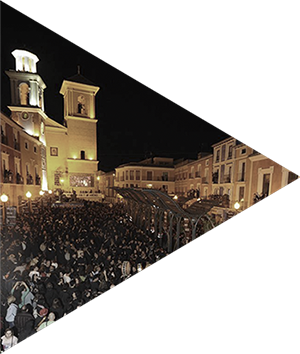
There is a place where history has left its mark
more enveloping. There is a place where poetry comes true, where tradition meets tradition.
nature, where stately homes, convents, squares, castle and churches merge with gastronomy and crafts.
Mula is a municipality with history, tradition, culture and nature. When you visit us you will see how the streets tell you the passing of the centuries. Mula is not just about sightseeing, but about participating in its traditions, collecting landscapes, enjoying art or savoring its gastronomy. Mula is also color, a wonderful place of color contrasts between the dry and irrigated areas.
Mula is a place to live it, to get soaked, to make a stop on the way, in recollection, in culture, in nature. Mula is a place to discover.
TOURISM
MULA
